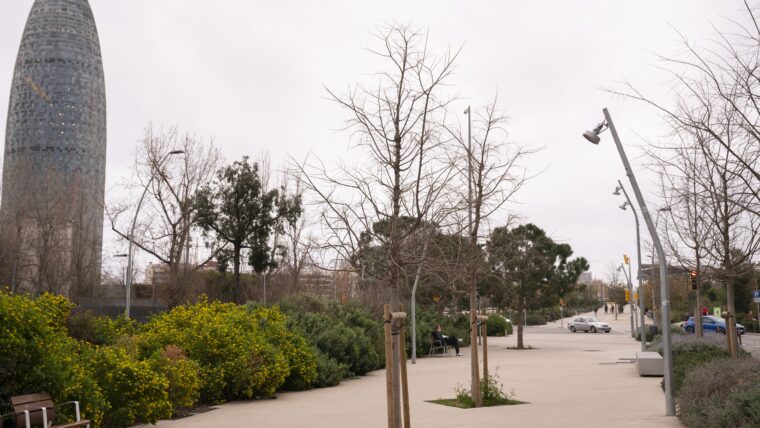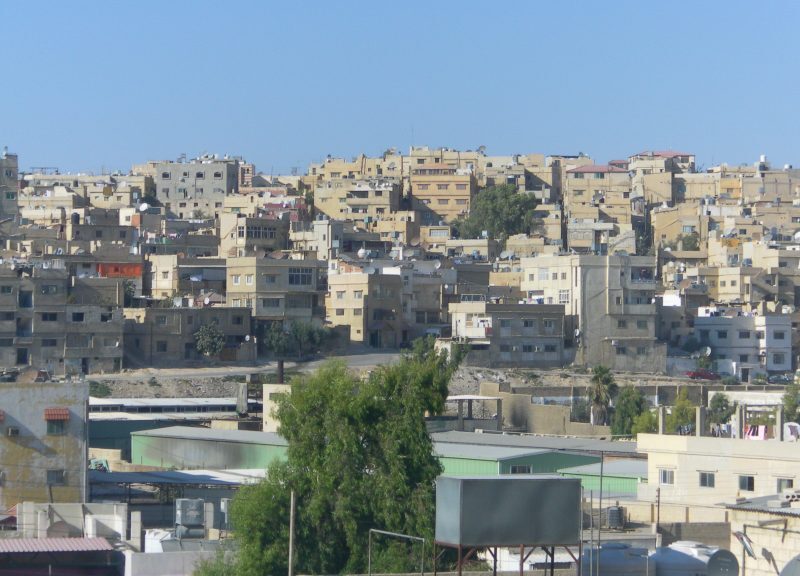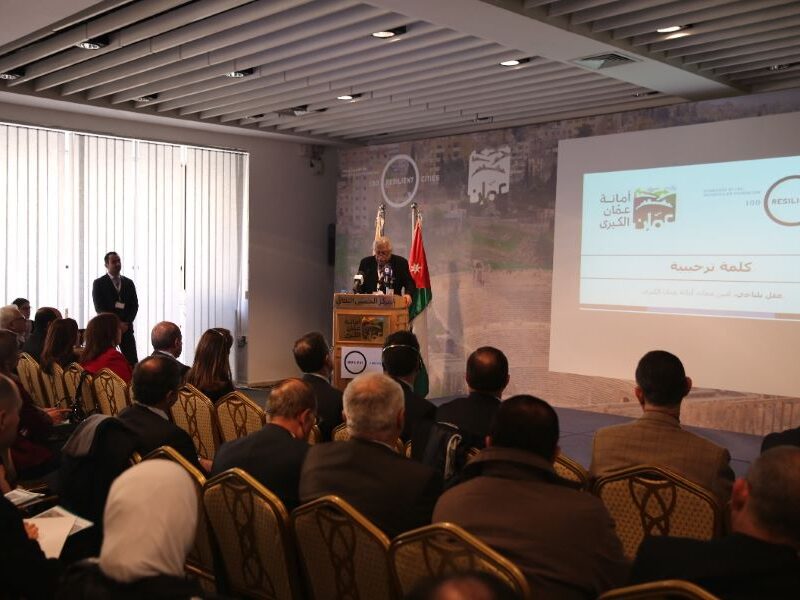URBAN PLANNING
Urban Growth Scenarios for the Hashemite Kingdom of Jordan

The Urban Growth Scenarios for the Hashemite Kingdom of Jordan (2015-2030) is a project developed in coordination with the Ministry of Planning and International Cooperation and the Ministry of Municipal Affairs. The project outlines sustainable development paths for five Jordanian cities: Amman, Irbid, Mafraq, Russeifa, and Zarqa. The aim of this work is to provide relevant and objective information on the advantages and disadvantages of various paths of urban development.
Challenges addressed
• Accommodate population growth and urbanization through urban planning and resource management, ensuring effective urban planning that integrates climate resilience strategies while managing natural resources sustainably.
• Adaptation to climate change: Developing strategies that enhance the resilience of urban areas against climate change impacts, including extreme weather events, while also maintaining the health of local ecosystems.
Main objectives
To compare the environmental, social and economic impacts of different urban growth paths for five Jordanian cities to guide the identification, preparation and implementation of sustainable urban investment projects.
Through the completion of the project, governments are expected to:
• Create consensus with stakeholders: to build a shared understanding and agreement on the project’s goals and strategies.
• Request funding from cooperation agencies: to obtain necessary funding that will enable the project’s activities and initiatives.
• Disseminate the potential benefits of their projects: to raise awareness about the project’s potential benefits, such as economic growth, improved environmental conditions, and enhanced community resilience.
• Test rough ideas and present solid proposals: that will serve as a foundation for implementation and can help attract interest from funding agencies and stakeholders.
• Convince others by providing numerical data: for persuading stakeholders and funding agencies of the project’s validity and potential success.
External resources
Facts
Project type Urban climate resilience project
Partners World Bank Group, Ministry of Planning and International Cooperation (MoPIC) and the Ministry of Municipal Affairs (MoMA)
Beneficiaries Amman, Irbid, Mafraq, Russeifa and Zarqa municipalities.
Dates 2015 – 2030 (horizon year)
Website Website’s project
Project description
Flash floods have become a serious problem in Jordan due to rapid unplanned urbanization, the insufficient capacity of drainage systems, and climate change The current project builds upon previous work developed for an urban growth scenario tool in Mexico, called Metropolitan Profile. The Metropolitan Profile tool analysed the physical, economic, environmental, and demographic conditions of 59 metropolitan areas in Mexico to produce urban growth scenarios based on different land consumption patterns. Scenarios revealed the impact of urban form in terms of energy, greenhouse gas (GHG) emissions, and costs, providing numeric support to demonstrate the benefits of moving from urban expansion to compact development. The Ministry of Agriculture, Territory and Urban Development (SEDATU) used the study as a reference to create consensus and modify the General Law on Human Settlements to include the concept of a compact city as one of its principles, laying the foundation for sustainable growth patterns in Mexico. This study is part of a set of efforts carried out by the World Bank to support the Government of The Hashemite Kingdom of Jordan. Through scenario modelling, Jordanian cities can discuss the cross-sector effects of public policies, create consensus, and make informed decisions that contribute to the sustainable development objectives of the Kingdom.
The overall objective of the study is to compare the environmental, social, and economic impacts of different urban growth paths for five Jordanian cities to guide the identification, preparation, and implementation of sustainable urban investment projects. The cities included in the present study area Greater Amman Municipality, Greater Irbid Municipality, Greater Mafraq Municipality, Russeifa Municipality, and Zarqa Municipality.
Impact and results
• Environmental and economic benefits: The compact growth policies showed the highest reductions in energy consumption, greenhouse gas (GHG) emissions, and municipal service costs.
• Improved accessibility: Compact growth significantly enhanced proximity to essential urban services, such as schools, health facilities, and parks, benefiting approximately 800,000 people in Amman.
• Energy and water efficiency: The implementation of LED public lighting was found to save up to 5% of municipal service costs.
• Public transport enhancements: While public transport expansion had a minimal impact in the Moderate scenarios, compact growth significantly improved access to public transport by 20% across the cities





